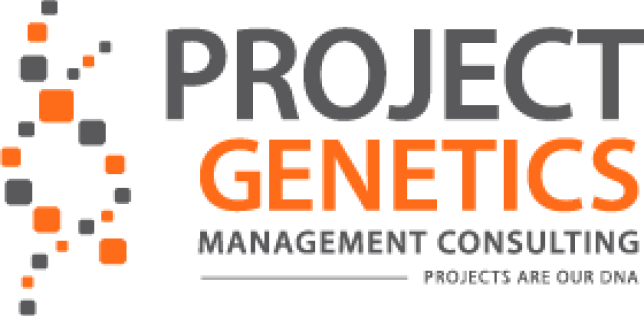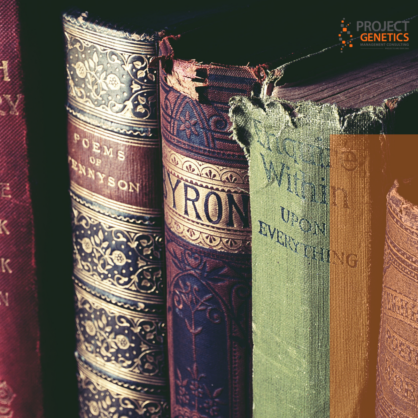A project management office (PMO) can take different approaches to mitigate risks and maximize opportunities for ongoing and upcoming projects. These approaches collectively form a PMO methodology. There are different methods that PMOs can use to keep their projects on track, and your PMO doesn’t have to use one exclusively. Consider incorporating Event Chain Methodology into your project management strategy. This method helps you plan against possible threats and evaluate the likelihood of success in meeting deadlines and budgets.
What Is Event Chain Methodology in PMO?
A Useful Approach Within PMO Methodology
Event Chain Methodology, as its name implies, aims to plot out a chain of events that could occur throughout the lifetime of the project. It starts with the expected chain of events; these are the individual steps and processes you will execute in sequence. You will need to plan out your project carefully before attempting to build an event chain. Once the ideal sequence is clear, you’ll proceed to identify variables that could disrupt the event chain.
These variables represent threats and opportunities. For example, suppose your project currently has 10 people assigned to it. What would happen if one or two people quit their jobs and abandon the project? How would that impact the time it takes to complete certain steps? Conversely, what would happen if a client dropped a particularly complex feature from the job description? How much faster could you finish the project? Event chain methodology encourages you to consider these variables.
Calculating the Domino Effect
Each variable in the event chain needs to be given a probability of occurring. With this probability set, it’s possible to run the entire event chain through a computer to crunch the numbers and determine how likely the project is to finish on time and on budget. Depending on the complexity of the project and the number of steps involved, these calculations can take a while to complete.
Once your project has been processed, you’ll be able to identify the most likely disruptors. You can also see which adverse events would trigger the biggest problems in your event chain. Some inconveniences may be minor and only require minimal work to correct. Others may stall your project for months. Identify the biggest threats and make mitigation plans. These contingencies can be included in your event chain so that if an issue arises, your mitigation plan goes into action.
Visually Representing the Event Chain
Event chains are best presented through a multi-layered Gantt chart. Each step in the project is laid out in sequence with bars that represent the time each step should take. Event chain diagrams use downward arrows to signal an adverse event. Downward arrows should point to actions in a mitigation plan or an alternate version of the next step, perhaps with a longer bar to reflect the additional time needed to resolve the issue. Conversely, upward arrows represent positive events.
With the right help, you can minimize the risk of setbacks and make it easier to overcome obstacles with solid contingency plans. Contact Project Genetics to speak to a project management expert and learn more about how we can keep your projects on track.



